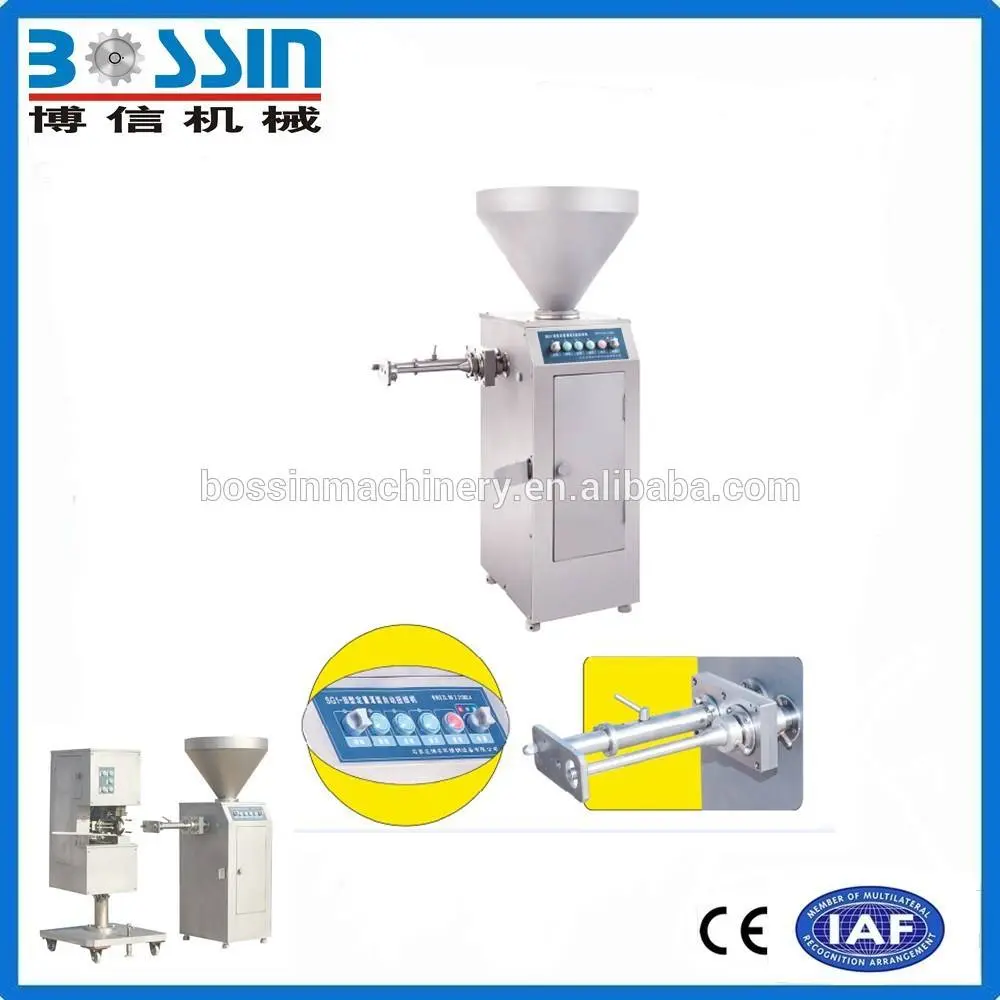
ທ.ວ. . 10, 2024 11:42 Back to list
Efficient Vacuum Stuffers for Enhanced Processing in Food Manufacturing Industries
The Importance and Functionality of Vacuum Stuffers in Food Processing
In the food processing industry, efficiency and quality are paramount. One of the most essential tools that has revolutionized how we process meats and other products is the vacuum stuffer. This machine not only streamlines the stuffing process but also enhances the quality and shelf life of the food products. In this article, we will explore the functionality, benefits, and applications of vacuum stuffers in food processing.
What is a Vacuum Stuffer?
A vacuum stuffer is a specialized piece of machinery designed to fill casings or containers with various mixtures, primarily in meat processing. By operating under a vacuum, these machines minimize air pockets in the product and maximize the consistency of the fill. This process is crucial for meat products such as sausages, hot dogs, and other processed meats, which rely on uniform filling for both quality and aesthetic appeal.
How Does It Work?
The operation of a vacuum stuffer is relatively straightforward yet ingeniously effective
. The machine draws air out of the mixing chamber, creating a vacuum environment where the meat mixture is stored. Once the vacuum is achieved, the mixture is pushed through a nozzle and into the casing or container, ensuring that the fill is compact and consistent. The absence of air reduces the risk of oxidation, which can spoil food products, degrade flavors, and shorten shelf life.Vacuum stuffers are equipped with various sizes of nozzles and attachments, allowing for versatility in processing different products, from large sausages to smaller links. The controls on the machine allow operators to adjust the speed and pressure of the stuffing process, ensuring optimal results based on the specific requirements of the product being processed.
Benefits of Vacuum Stuffers
vacuum stuffer

1. Improved Quality One of the key benefits of using a vacuum stuffer is the enhanced quality of the final product. The vacuum process prevents the formation of air pockets, resulting in a more consistent texture and appearance. This uniformity not only enhances the visual appeal of the products but also ensures a more enjoyable eating experience.
2. Extended Shelf Life By eliminating air from the product filling, vacuum stuffers significantly reduce the chances of spoilage due to oxidation. This means that vacuum-stuffed products can have a longer shelf life, which is advantageous for both manufacturers and consumers. Products that maintain their quality over time can reduce food waste and improve profitability.
3. Enhanced Flavor Retention Air can lead to the loss of essential flavors, making vacuum stuffing particularly valuable for preserving the taste of meat products. The reduced oxygen exposure helps maintain the freshness and integrity of flavors, providing consumers with a more enjoyable product.
4. Efficiency Improvement Vacuum stuffers streamline the production process, allowing for faster operation than traditional stuffing methods. This increased efficiency can lead to higher throughput, enabling manufacturers to meet demand without compromising quality. Moreover, the precision and consistency of the filling process can reduce labor costs and minimize product loss.
5. Versatility in Applications Beyond meat processing, vacuum stuffers can be employed in various food industries. They are suitable for stuffing items like cheese or vegetable mixtures into casings, creating a diverse range of products. This versatility allows businesses to expand their product lines and cater to different market demands.
Conclusion
As the food industry continues to evolve, the role of technology becomes increasingly significant. Vacuum stuffers represent a critical advancement in food processing, addressing challenges related to quality, efficiency, and food safety. Their ability to create high-quality, long-lasting products while streamlining production processes makes them a worthwhile investment for any food processing facility. As consumers continue to demand better quality and freshness in their food products, the importance of vacuum stuffing technology will undoubtedly grow, shaping the future of food processing for years to come.
Latest news
-
Great Wall DKJC Series Auto Sausage Clipper: Efficient & Durable
NewsJul.25,2025
-
Pneumatic Clipping Machine: Efficient and Reliable Solution for Industrial Applications|Precision Cutting, Durability
NewsJul.21,2025
-
Pneumatic Clipping Machine - Shijiazhuang Bossin Machinery Equipment Co., Ltd.
NewsJul.21,2025
-
Pneumatic Clipping Machine - Shijiazhuang Bossin Machinery Equipment Co., Ltd.
NewsJul.21,2025
-
Pneumatic Clipping Machine - Shijiazhuang Bossin Machinery Equipment Co., Ltd.
NewsJul.21,2025
-
Pneumatic Clipping Machine - Shijiazhuang Bossin Machinery | Precision Cutting, High-Speed Operations
NewsJul.21,2025